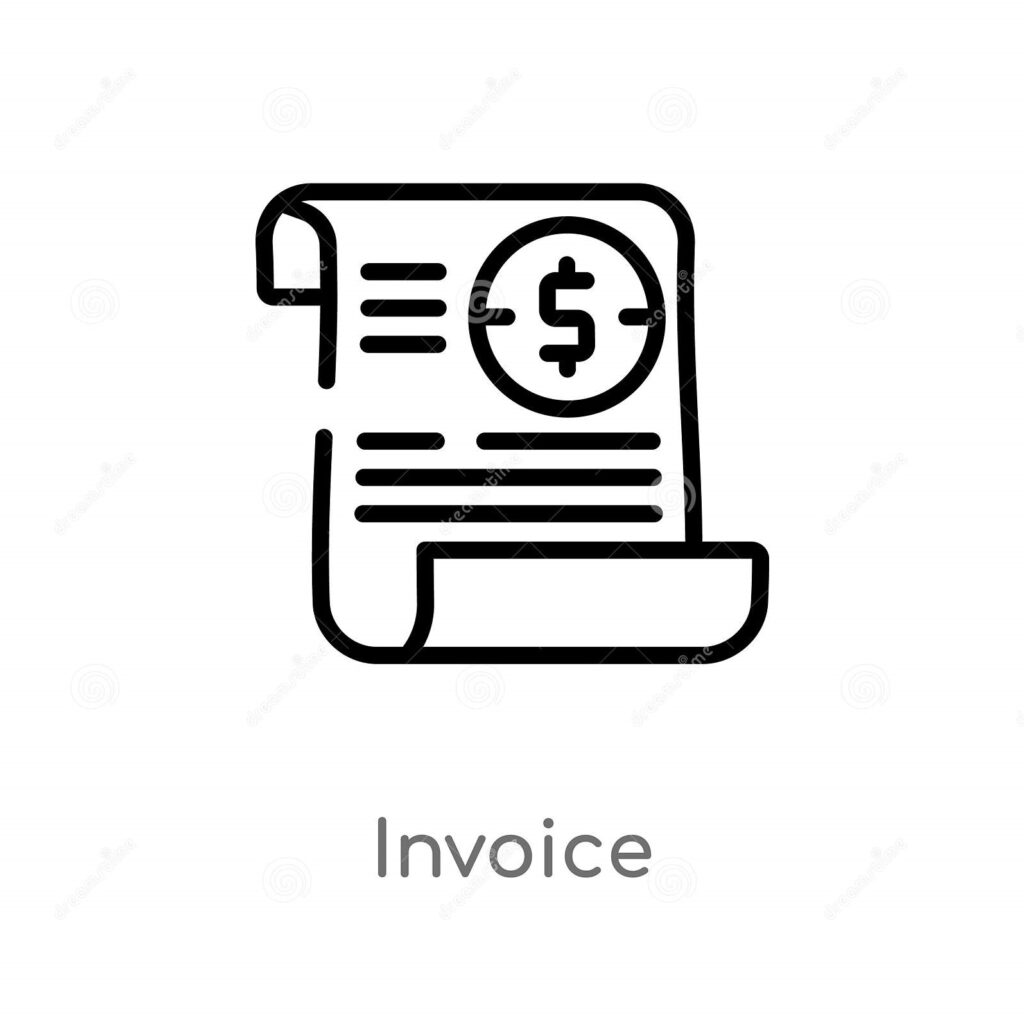WHAT SHOULD YOU INCLUDE IN YOUR EXPORT INVOICES?

Koteswara Rao VBSS

The export invoice is one of the most predominant documents in international trade and is scrutinized by customs, freight forwarders, international bankers, and transport & insurance companies. The invoice describes the complete export transaction from the initial point to the final point. Many Governments will make use of these export invoices to calculate and assess customs duties and taxes. The invoice editorializes complete details evidencing the fulfillment of sales contracts and provides the information that the third party requires. The information which you need to include in an invoice differs a bit from country to country.
The aspect of filling the columns in the export invoices should be treated carefully to avoid errors as it costs your business. The following information will guide you regards “How to fill an export invoice and what are the essential elements that are needed to be included in your export invoice?”
The important elements in export invoices are as under: –
- ADDRESS: – The address should talk about the exporter including “India” against your regular shipping address which many of us usually miss mentioning. The country of goods originally manufactures is to be mentioned along with the country where the goods are finally reached.
- BUYER & SELLER: – As per the contract between buyer and seller, the complete details need to be mentioned appropriately.
- CONSIGNEE COLUMN: – The complete details of the party to whom the consignment is shipped out are to be mentioned. This may differ from time to time. One thumb rule for export beginners is to make sure that you are aware of the buyer and the receiver. Because, in some cases, the consignee may not be the actual buyer. In such a case, the details of the buyer other than consignee are to be mentioned.
For Example – The buyer might be sitting in the USA and the receiver is at your final destination. Inappropriate delivery may lead to discrepancies. - PRE-CARRIAGE: – The term “pre-carriage” refers to the mode of movement of cargo to the port of loading by the shipper where this pre-carriage can be by road/rail/sea/air.
- PORT OF LOADING: – Port of loading is the column which talks about the place of loading. It can be either airport or seaport of place where you load the goods.
- PORT OF DISPATCH: – Port of dispatch is the column that gives the details regards the place of unloading.
- PORT OF DISCHARGE: – Port of discharge is the column which refers to the port where your goods are unloaded to deliver the buyer’s place i.e, mode of unloading. This column will be filled up with utmost care as there are many chances to get interchanged. This column includes other references like the ICE number. As said above, the country of origin and the final destination need to be clear.
NOTE: – In a few countries due to landlock situation, the goods have to pass through other countries to reach the final destination.
EXAMPLE: – If a product needs to reach Kenya from India, it needs to travel through 3 other countries like Mombasa, Uganda, and finally to Kenya. In the Incoterms, the FOB and CIF details are mandatory and the discharge port needs to be mentioned accordingly. - MARKS COLUMN: – In the column of marks, the decision is up to the buyer whether to provide marks or not. But having the marks on your products is very essential and it also makes the job of the middlemen easier. The serial number of cartons, the number of cartons or packages should be mentioned.
- DESCRIPTION: – Description of the cargo should be matched with the HS code of the product, which the buyers and sellers have entered for the product. Every product contains an HS code.
- CURRENCY: – Here the amount is to be mentioned in terms of convertible way. The 1st step needs to be mentioned in dollars or the other option is to write the convertible currency amount.
Tip: – For avoiding double convertible charges, you need to directly mention the convertible currency.
Finally, the total value of the invoice needs to be mentioned and signed by the authorized and concerned signatories.